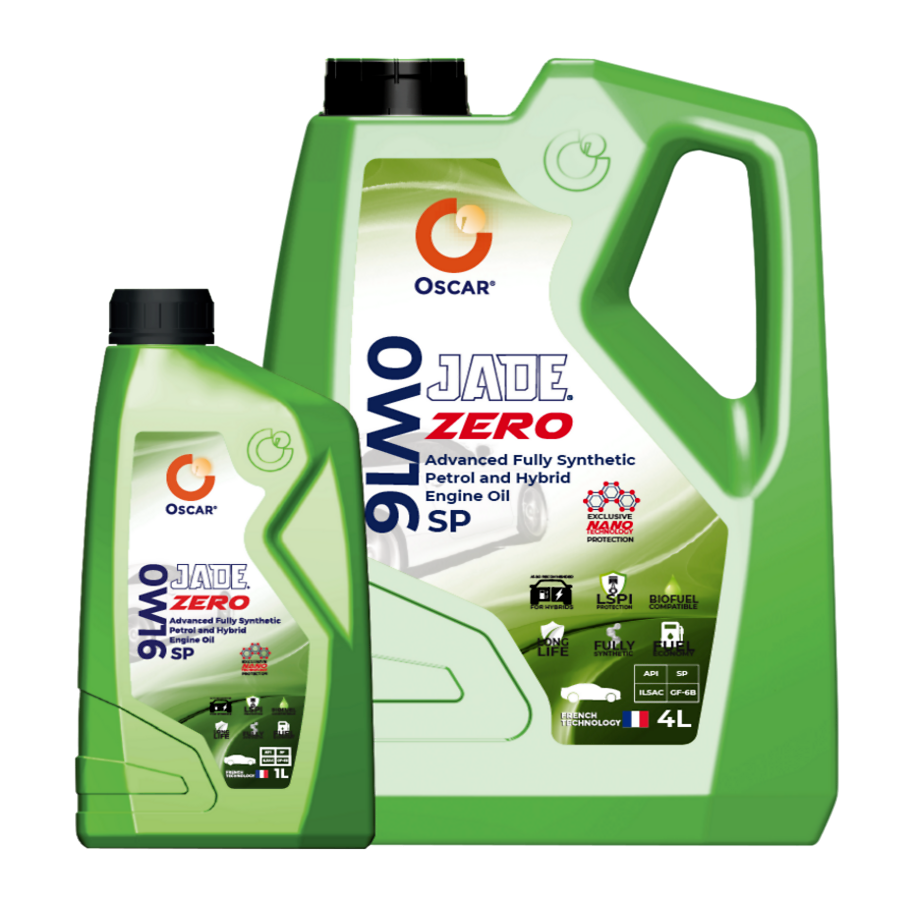
A change in the color of the engine oil is a natural occurrence, but it can also signal a need for attention. Finding out why your engine oil changes color and what it means can help you determine when to replace the oil or if there might be underlying issues with your engine. To ensure you’re using the best petrol engine oil in UAE, it’s important to pay attention to these color changes and what they indicate.
New oil color:
When engine oil is first added, it’s typically amber or golden in color. This clean, fresh oil is transparent and clear, designed to lubricate and protect your engine’s components. Over time, however, this color starts to darken due to exposure to heat and contaminants.
Darkening over time:
As the engine oil circulates through the engine, it picks up dirt, debris, and carbon particles that build up from the combustion process. This causes the oil to gradually darken, often turning brown or black. Dark oil is normal, especially if it’s been in use for several thousand miles. It indicates that the oil is performing its job by capturing contaminants and protecting engine parts.
Black oil and engine wear:
If your engine oil becomes very dark or black within a short period of time, it may indicate that the oil is breaking down faster than usual. This could be due to engine wear or the oil not being changed frequently enough. Over time, oil loses its ability to lubricate and protect the engine, and the excessive build-up of contaminants can make the oil turn black.
Milky oil color:
A milky or frothy oil color is a serious concern, as it indicates that water or coolant has mixed with the oil. This could be a sign of a blown gasket or other engine issues, such as a cracked engine block. If you notice this color, it’s essential to have your vehicle inspected immediately to prevent severe engine damage.
Thick and gummy oil:
If the oil appears thick and gummy, this could mean the oil is old and oxidized, losing its lubricating properties. This can be harmful to your engine as the oil may no longer flow as easily, causing friction and wear on engine parts.

